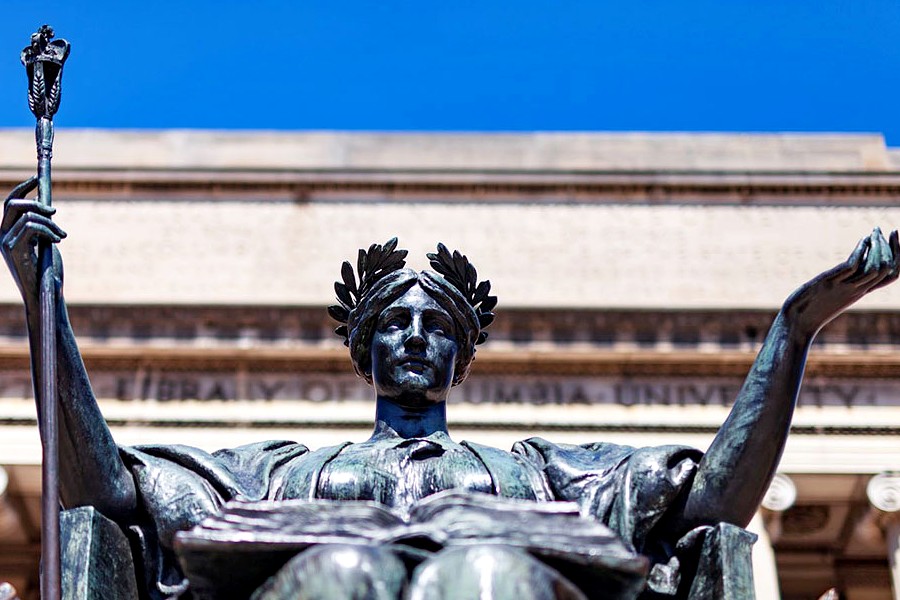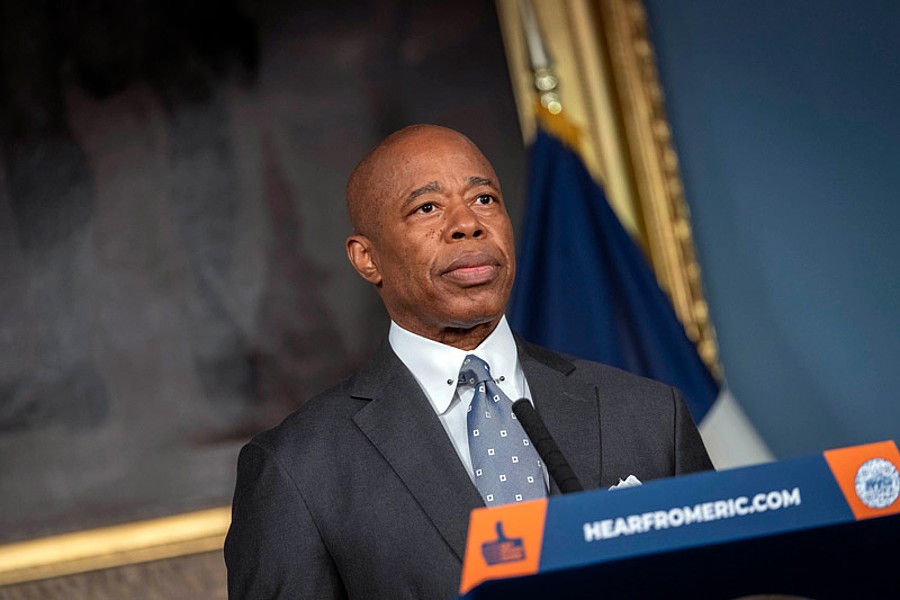
New York City Mayor Eric Adams, Fire Department of the City of New York (FDNY) Commissioner Robert Tucker.
New York City Department of Parks and Recreation (NYC Parks) Commissioner Sue Donoghue today lifted the temporary citywide ban on open flames and fireworks following recent rainfall in the five boroughs.
Starting Monday, December 9, 2024, the previous ban barring New Yorkers to grill in New York City parks is lifted, and any permit holder who previously requested to have fireworks displays or open flames can work with the relevant city agency to update their permit. While that rainfall has reduced fire risk sufficiently to lift the city’s open flame and firework prohibitions, it has not been nearly sufficient to replenish upstate reservoirs.
The city remains in a drought warning, and city agencies continue to implement their water use reduction plans. New Yorkers should continue to do their part in saving water wherever possible. Mayor Adams and New York City Department of Environmental Protection (DEP) Commissioner Rohit Aggarwala first issued a drought watch back on November 2 and upgraded it to a drought warning on November 18.
“While we’ve received enough rain in the five boroughs to lift our fireworks and open flame ban, but I want to be clear, we’re nowhere near out of the woods yet,” said Mayor Adams. “New Yorkers who get permits for these activities should enjoy them, but we need you to use the utmost levels of caution to prevent fires and keep our parks safe. And the rain we’ve received isn’t nearly the additional foot of rain we’d need to replenish our upstate reservoirs, so we need all New Yorkers to continue conserving water whenever you can.”
New Yorkers should continue to minimize water usage where possible, and Mayor Adams reminded New Yorkers of the following ways they can conserve:
- Report open fire hydrants and street leaks to 311. An open hydrant can release more than 1,000 gallons per minute, which wastes 1.4 million gallons of drinking water in a 24-hour cycle.
- Don’t flush the toilet unnecessarily. According to the U.S. Environmental Protection Agency (EPA), toilets are by far the main source of water use in a home, accounting for nearly 30 percent of an average home’s indoor water consumption. Each flush can use 1.6 gallons, with older models using as much as six gallons.
- Take shorter showers, saving five to seven gallons a minute. When taking a bath, fill the tub only halfway and save 10 to 15 gallons.
- Don’t run the tap while shaving, washing hands, or brushing teeth. Faucets use two to three gallons per minute.
- Fix leaks. A leaky faucet that drips at the rate of one drip per second can waste more than 3,000 gallons per year, according to the EPA.
- Run the dishwasher and washing machine only when full. Use short cycles if available. Turn off the water while washing dishes.
- Install water-saving fixtures, including low-flow toilets and showerheads, as well as faucet aerators.
- Sweep driveways and sidewalks clean rather than washing them down with a hose.
- For even more ideas, visit DEP’s Water Savings Tips website.
New York City has been successful in conserving water for decades. The city’s average daily water demand has decreased by approximately 35 percent over the past several decades, even as the city’s population has grown by more than 1 million people. During its peak, in 1979, the city’s average water usage was 1.5 billion gallons of water a day.
Thanks to improved management strategies — systemwide leak detection and repairs, replacing old meters with automated meter readers, and providing an online platform for customers to track and monitor water usage and quickly detect leaks in their buildings — the city now uses just 1.1 billion gallons a day on average, and under 1 billion gallons during the winter months.
DEP manages the nation’s largest municipal water supply system, which provides high-quality drinking water each day to nearly 10 million residents, including 8.3 million in New York City. The water is delivered from a watershed that extends more than 125 miles from the city, comprising 19 reservoirs and three controlled lakes.
Approximately 7,000 miles of water mains, tunnels, and aqueducts bring water to homes and businesses throughout the five boroughs.
All New Yorkers should subscribe to Notify NYC for up-to-date information. A drought warning is the second of three levels of water conservation declarations from the city.
As conditions evolve, the city may declare a drought emergency, which involves escalating requirements on government agencies and New Yorkers to reduce water usage.
Photo credit: HWM.
Latest Posts
- Season’s Greetings, Happy Holidays From The Harlem World Magazine Family
- Spring 2025 Excelsior Scholarship Application Now Open To New Applicants
- Sponsored Love: From New York To Keystone Charm, The Ultimate Road Trip To Pennsylvania
- Sponsored Love: How To Identify The Best Luxury Properties On The Market In Connecticut
- Sponsored Love: Cost And Efficiency, Is Solar Power Worth It For Large Villas?
Become a Harlem Insider!
By submitting this form, you are consenting to receive marketing emails from: . You can revoke your consent to receive emails at any time by using the SafeUnsubscribe® link, found at the bottom of every email. Emails are serviced by Constant Contact







